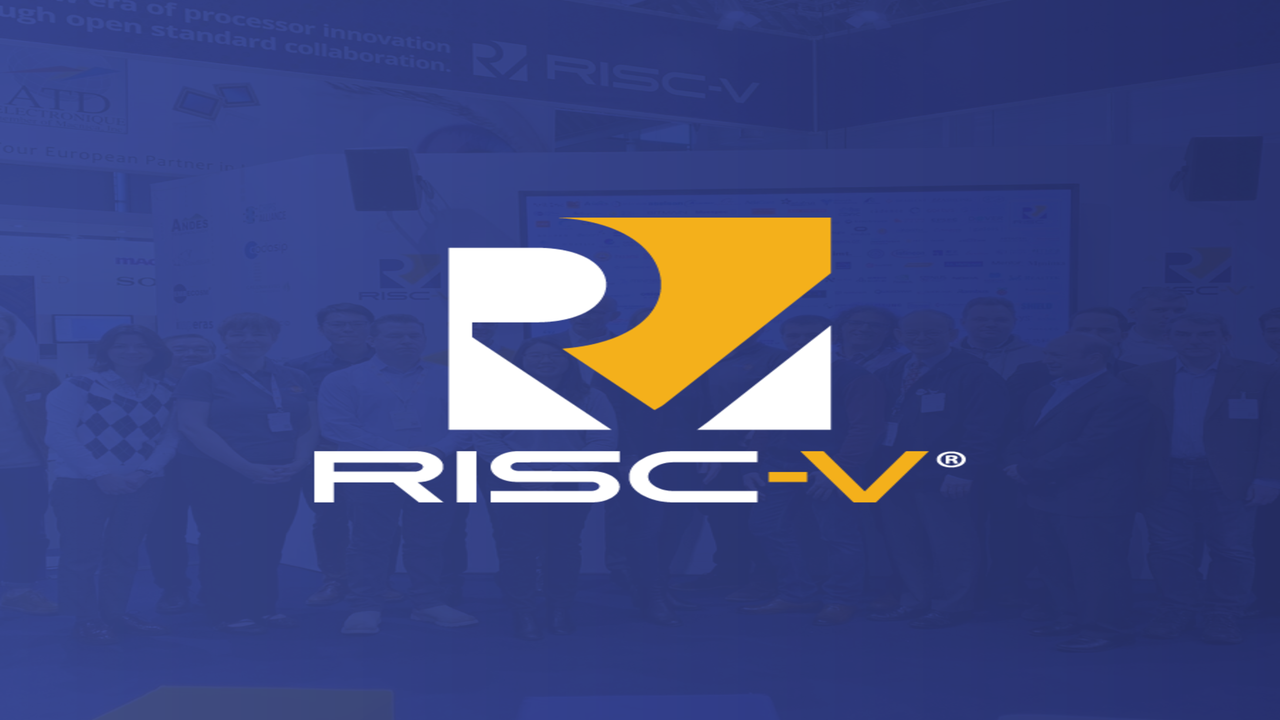India (Commonwealth)_
In the transformative landscape of technology, the parallels between the evolution of open-source software, exemplified by Linux in the early ’90s, and the current surge in open-standard hardware with RISC-V are striking. Linus Torvalds’ creation of Linux posed a formidable challenge to Microsoft’s dominance, heralding an era of collaborative development and innovation. Fast forward to 2023, and a similar narrative is unfolding in the realm of hardware, with RISC-V emerging as a disruptor to established architectures, particularly challenging Intel’s x86 and ARM.
RISC-V, born out of UC Berkeley’s Parallel Computing Laboratory in 2010, is gaining traction globally as an open-standard instruction set architecture (ISA) that is free from licensing constraints. Its potential to redefine the semiconductor landscape has led tech giants like Meta to shift from traditional CPUs to RISC-based components, citing benefits such as power efficiency, enhanced performance, and adaptability across diverse workloads.
Recognizing the monumental impact of RISC-V, the Indian government initiated the Digital RISC-V program (DIR-V) in April 2022. This strategic move aims to position India as a leading global hub for RISC-V expertise, echoing the nation’s historical strength in chip design. Union Minister Rajeev Chandrasekhar, a former chip designer himself, actively champions the cause, envisioning DIR-V as the Indian Instruction Set Architecture (ISA).
The DIR-V program is not merely a technological shift; it is a comprehensive initiative poised to create over 10,000 jobs in the next five years. The focus extends beyond developing microprocessors to nurturing a robust RISC-V ecosystem in India. Achieving this requires a confluence of factors, including increased funding, the emergence of new companies specializing in RISC-V, and the creation of a skilled workforce well-versed in RISC-V architecture.
Shashwath T R, CEO of Mindgrove Technologies, emphasizes the need for diversified contributions, spanning silicon development, verification, core and peripheral IP, physical design, and associated software aspects. To sustain the ecosystem, various parties must engage in building boards, development tools, and software components, ensuring a holistic approach to RISC-V adoption.
At the global level, RISC-V International plays a pivotal role in developing and maintaining RISC-V specifications. With over 3,000 members across 70 countries, including major semiconductor companies and startups, the organization facilitates collaboration. However, there’s a call for a stronger Indian presence in the decision-making levels of RISC-V International to ensure that Indian concerns are addressed with a top priority.
The government’s unwavering focus on RISC-V opens up a significant opportunity for Indian startups. The open-source nature of RISC-V eliminates expensive licensing fees, providing startups with the flexibility to innovate and customize chip designs according to specific requirements. Startups like Mindgrove Technologies, Ventana MicroSystems, Esperanto Technologies, InCore Semiconductors, and Morphing Machines have already emerged as key players in the DIR-V ecosystem.
Globally, RISC-V’s open architecture is seen as a safer option, fostering an environment where independent researchers can contribute to security measures. Shashwath highlights the vibrant security community around RISC-V, emphasizing the architecture’s ability to undergo rigorous scrutiny, a characteristic that echoes the success story of Linux in ensuring a robust and secure system.
As India propels itself into the forefront of semiconductor technology through the DIR-V program, the nation stands at the cusp of not only self-reliance but also global leadership in RISC-V innovation. The government’s proactive stance, coupled with the dynamism of emerging startups, creates an environment conducive to breakthroughs in chip design and underscores India’s commitment to shaping the future of hardware technology.








